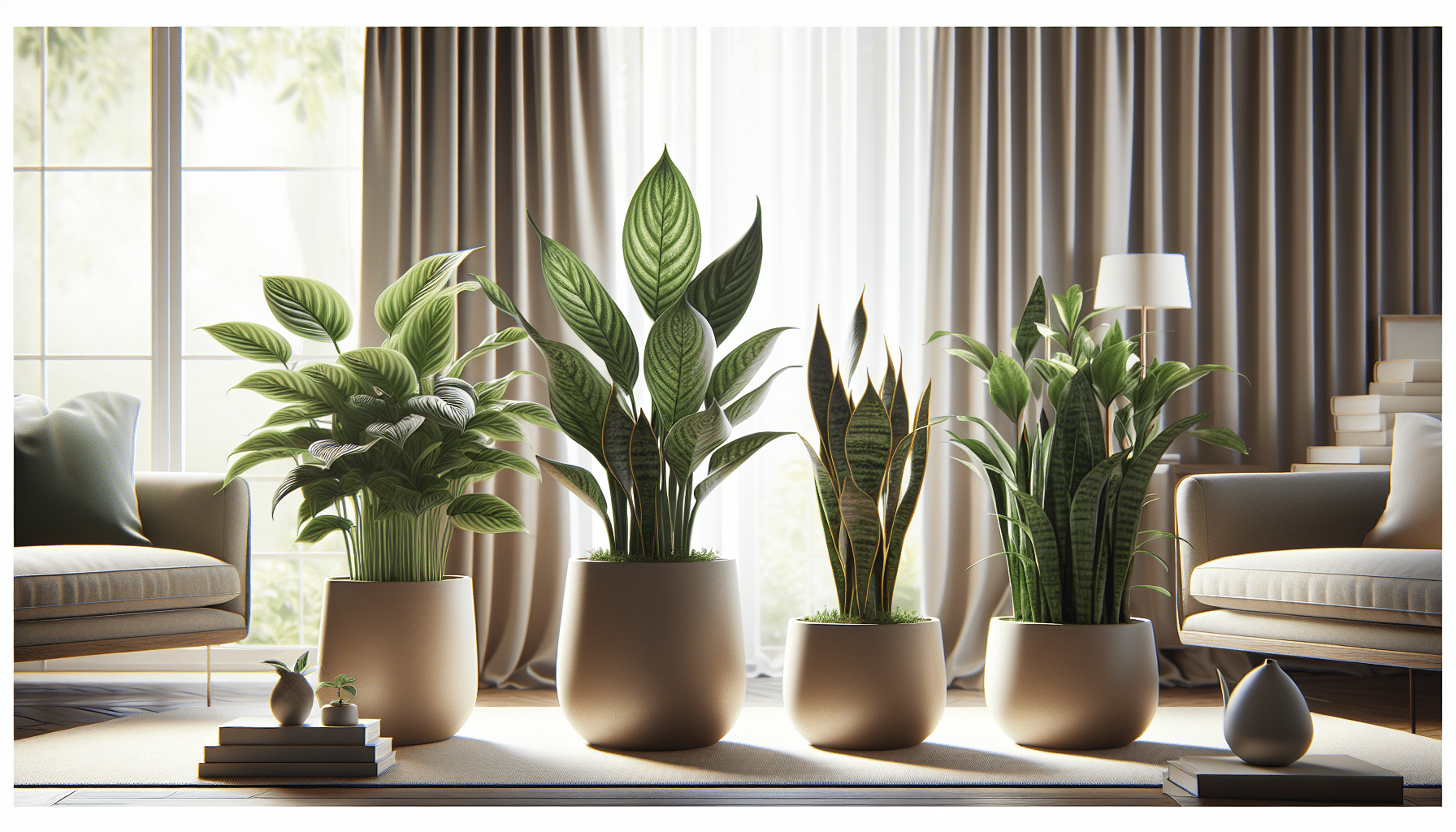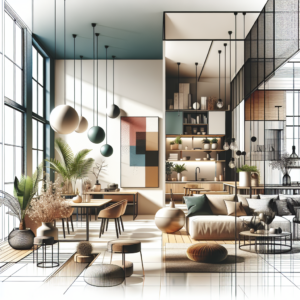In the constant quest to beautify the interiors of urban homes, plants have become the perfect allies. However, not all spaces have enough natural light, which poses a challenge for those who want to incorporate nature into their homes. Fortunately, there are plants that not only survive, but thrive in low light conditions, efficiently adapting to these environments. Below, we present three ideal options to achieve this.
The first recommendation is the Zamioculca, popularly known as the ZZ plant. Originally from East Africa, it stands out for its toughness and low maintenance requirements. With its dark green, glossy leaves, the Zamioculca infuses vitality into any space and tolerates low light levels without problems. This plant is perfect for those who have little experience in gardening, as it requires infrequent watering and does not need constant pruning.
Another excellent choice is the Spathiphyllum, commonly known as the peace lily. This plant is famous for its attractive green foliage and elegant white flowers. Beyond its beauty, the peace lily is valued for its ability to purify the air, removing common toxins in enclosed environments. It can thrive easily in low indirect light conditions, as long as the environment is moderately humid. It is ideal for bathrooms or rooms with little light.
Finally, the sword fern is one of the best alternatives when it comes to interiors with limited light. In contrast to other ferns that tend to be demanding, the sword fern is relatively easy to care for. It prefers places with filtered light, but can adapt to conditions of partial shade. Its dense, green foliage helps create a fresh and natural atmosphere, transforming any corner into an oasis of tranquility.
These three plants offer an effective solution to include a touch of nature in our homes, even in those spaces where lighting is limited. They are practical alternatives to create a cozy and lively environment, demonstrating that, with the right choice, any space can become a small green refuge.
Source: MiMub in Spanish











